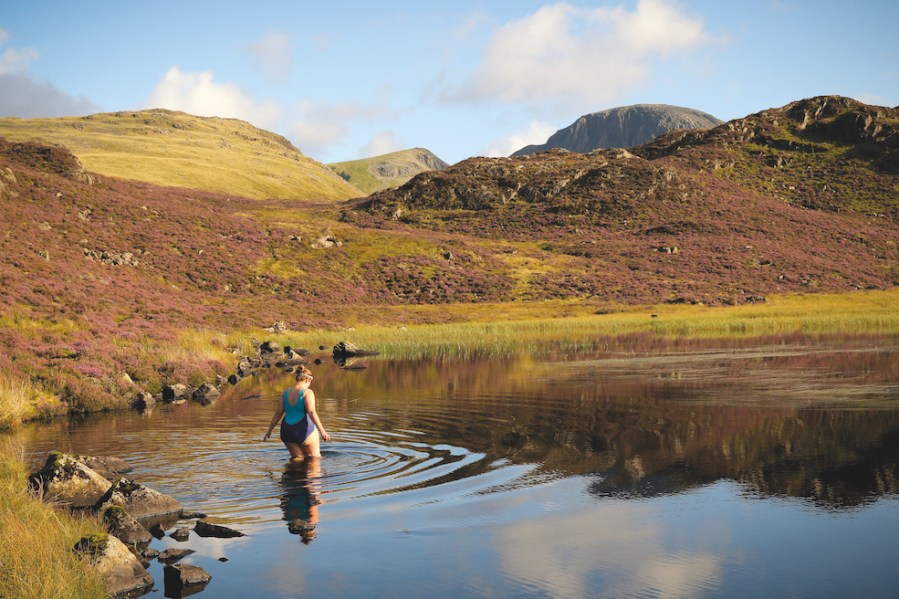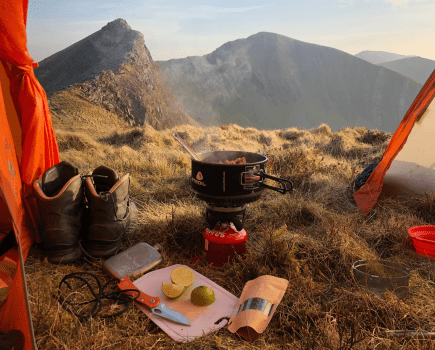Lake District wild swimming guide Suzanna Cruickshank brings a no-nonsense approach to enjoying a safe dip in your favourite lake, loch, tarn or river.
Main image: wild swimming in the Lake District. Photo: James Kirby
Wild swimming is a term that seems to get a lot of people’s knickers in a knot. Similar to wild camping, you will often hear “we just called it swimming in my day”.
I grew up in a city and didn’t become interested in the outdoors till I was in my mid 20s. In my day, swimming was something you did in a pool and, whilst I don’t always call what I do now wild swimming, I’m certainly not against using the term.
My main reason for distinguishing between pool swimming, open water or outdoor swimming, and wild swimming is the different levels of personal responsibility required.
Just swimming in your local baths, or an organised outdoor event? If something goes wrong, there will be lifeguards on hand to fish you out in an instant and ready access to a defibrillator. Swimming in a mountain tarn? You’ll be lucky if the local Mountain Rescue team can reach you in an hour.
The activity is just ‘swimming’ but the context varies wildly. Here are my top tips for getting into wild water safely this summer.
Pick your location
What do swimmers mean when they ask if somewhere is safe? As outlined above, wild water is inherently riskier than pool swimming because help is likely to be further away. Wild water can also be subject to unpredictable currents, pronounced temperature variations and other hazards that you simply don’t get in a controlled environment.
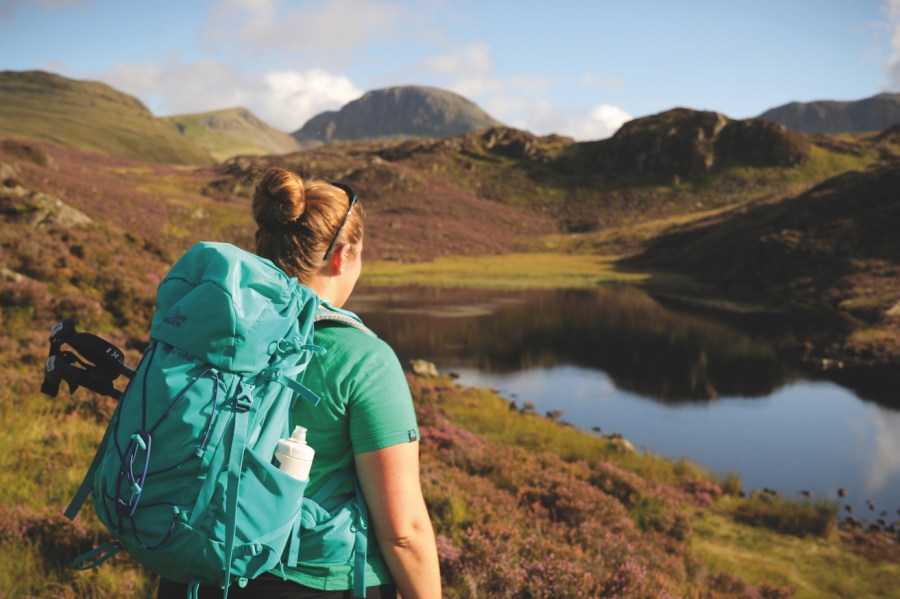
Your author stands awkwardly by a tarn. Photo: James Kirby
What makes a wild water location safer to swim in is how you, the swimmer, approach it and your ability to assess the situation and location. Consider your route to the water and identify your entry and exit points before you swim.
Watch the water closely for a while and assess what’s happening. How fast is the water moving? In a river, the general rule is that if you can’t swim upstream against the flow of water, you will not be able to get back to your entry point, and may struggle to get out of the water downstream.
Also, be aware of the potential for wind. In natural bodies of inland water, such as lakes or tarns, currents are generally low, and wind is more likely to push you off course and away from shore.
Additionally, popular Instagrammable locations are suffering from overuse. If you are going to a popular spot aim to leave it better than you found it and remove any litter. There is a whole world of water out there and, for a little bit of extra effort, you can always find a pool to yourself.
Sun and season
Classic corrie tarns – examples in the Lake District include Red Tarn, Stickle Tarn or Bleaberry Tarn – all have steep headwalls that will cast a shadow at certain times of day or year, preventing the heat of the sun being absorbed into the water. Corrie tarns also tend to be deeper and therefore colder. Heading up to a corrie tarn at the first signs of spring? The water will still be brutally cold, fresh from the snowmelt off the surrounding crags.
Go with others
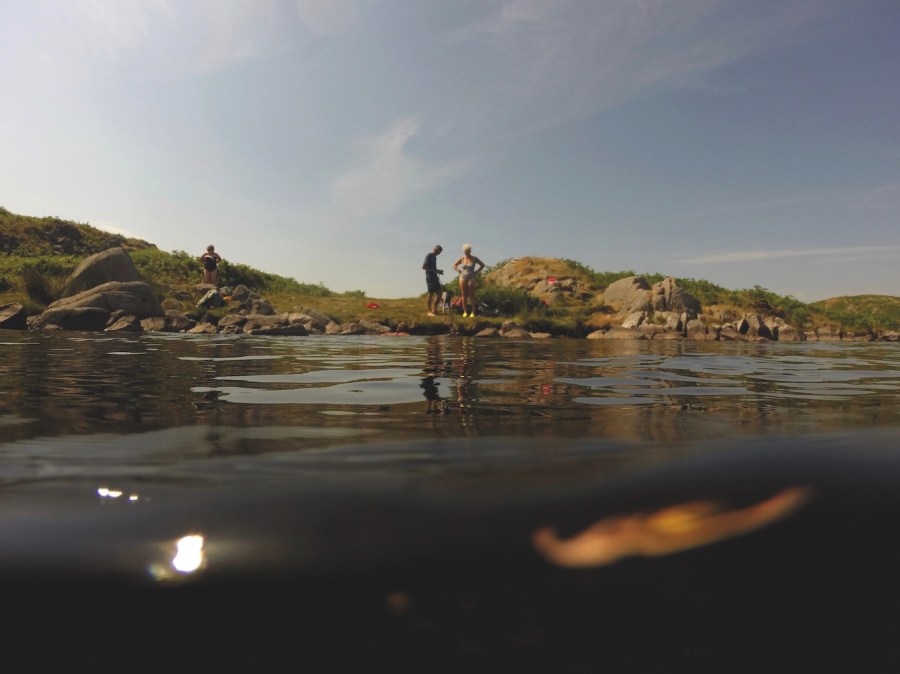
Wild swimming can be more fun – and safer – when done with others. Photo: Suzanna Cruickshank
In the wrong company, certain group dynamics – like peer pressure – cane unhelpful from a safety point of view. But in general, wild swimming is safer when done with others, as you can keep check on each other’s welfare.
Don’t drink and drown
It might seem obvious not to swim after drinking alcohol, but it doesn’t just lower your perception of risk. Having alcohol in your system impairs your body’s ability to regulate its temperature, so diving in to clear a hangover could leave you feeling worse and at a higher risk of hypothermia and afterdrop (the phenomena where cold blood from the extremities returns to, and cools the core).
Wade, don’t jump!
Leaping in might make a great photo, but if you are unacclimatised or unaccustomed to cold water, this is the quickest way to suffer cold water shock and it can be fatal.
First, focus on your breathing and take long, steady breaths. As you wade in, pat your chest, shoulders and back with water and splash your face. This helps you acclimatise and reduces the risk of cold water shock. Never jump in without first checking the depth, even in a location you are familiar with.
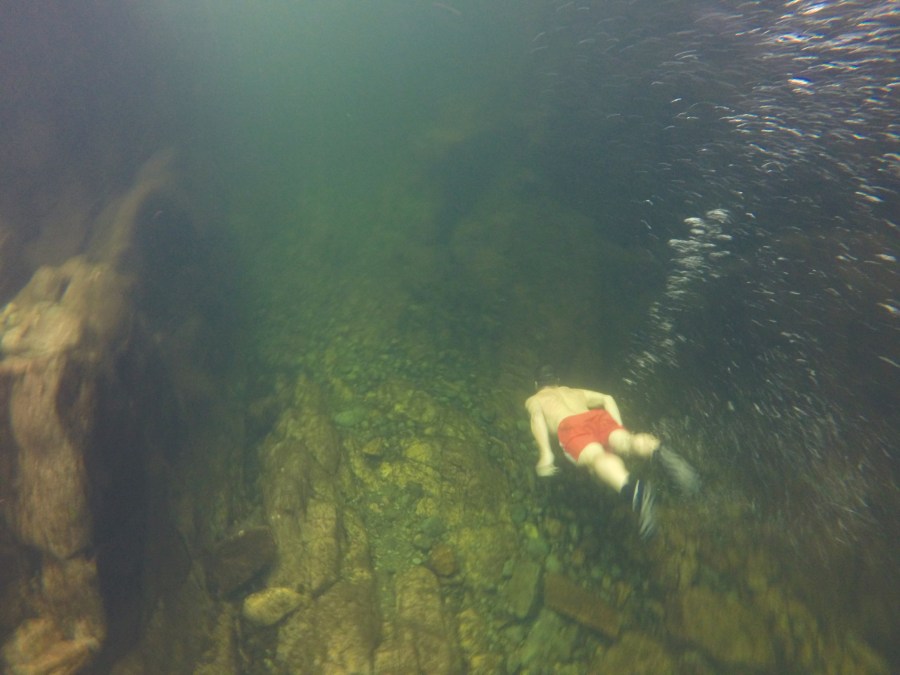
Always check the water’s depth before you jump. Photo: Suzanna Cruickshank
Watch out for other lake users
As the most vulnerable lake user, it’s the swimmer’s responsibility to make themselves seen. Ideally plan your swim to avoid the busiest times of the day when boats are operating and avoid swimming near jetties. If you are planning in swimming away from the shore and in spaces where you might meet boats, wear a bright neon cap and use a towfloat with a whistle attached.
Be wary of weather conditions
Most online discussions in the outdoor swimming community seem to suggest an obsession with water temperature. I rarely if ever take the temperature. Depending on the time of year, water will either be freezing, cold, or not too bad. Weather conditions on the days preceding your swim will affect the temperature, as will the air temperature and wind speed on the day.
For more on assessing water temperature, check out Calum Maclean’s Guide to Water Temperature on YouTube.
Know your limits
Tempting as it is, especially on a warm day, don’t stay in too long or overestimate your ability. Swimming in cold water burns more calories and you will continue to burn calories as your body works to warm up afterwards. If you are swimming after a long day on the hills, you could quickly find yourself completely depleted and in danger of not having the reserves to get home. This is a major factor in my carrying not one, but several emergency Snickers.
Often I’m heading into the hills specifically to swim so my walking route is tailored for optimum swim time. However, if I’m swimming towards the end of a long day with big mileage, I stick to a quick dip.
Don’t hang around once you get out. Wrap up warm even on a mild day – your body continues to cool down for around thirty minutes after leaving the water. A hot drink and some food at this point will make all the difference.
What to take
Ever since my lack of swim footwear led to a close call with hypothermia, I’ve had a ‘no shoes no swim’ rule. Some poor decisions and an even poorer choice of swim location led to a slow and painful barefoot negotiation across some awkward boulders to get in the water. It took even longer to get out and, with my feet completely numb, I resorted to crawling. In no time I was shivering uncontrollably and very nearly a mountain rescue statistic.
Wetsuits can obviously make a big difference to the level of cold your body can tolerate – but they come with different temperature ratings, so you still have to be mindful of safety margins.
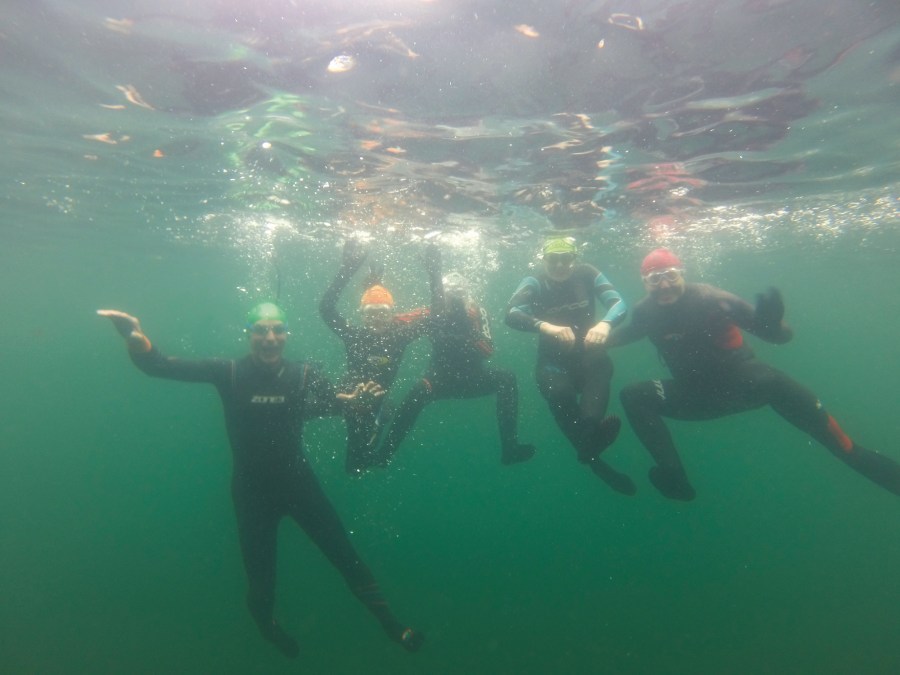
Some people like to do it in rubber. Photo: Suzanna Cruickshank
When I’m heading out for a day in the hills with swimming in mind, I carry pretty much everything I would take on a normal hill walking day, plus my swimming kit. I never take a wetsuit for this kind of swim. It takes up too much room and weight, not to mention I will be too sweaty to wrestle it on. However, there are no rules about what you should or should not wear for wild swimming. If head-to-toe neoprene is your preferred look, go for it. All that matters is your personal comfort.
Gear and equipment: Suzanna’s essentials
- Vivobarefoot shoes: to move comfortably and confidently over slippy or sharp rocks.
- Neoprene socks and gloves: depending on season.
- Alpkit Jura smock: takes the edge off post swim chills and packs down small.
- Microfibre changing robe: for modesty and protection from the wind.
- GoPro camera: for those Insta bangers.
- Extra food and a hot drink: warming up burns calories so take that extra pie (or slice of cake if you like that kind of thing).

